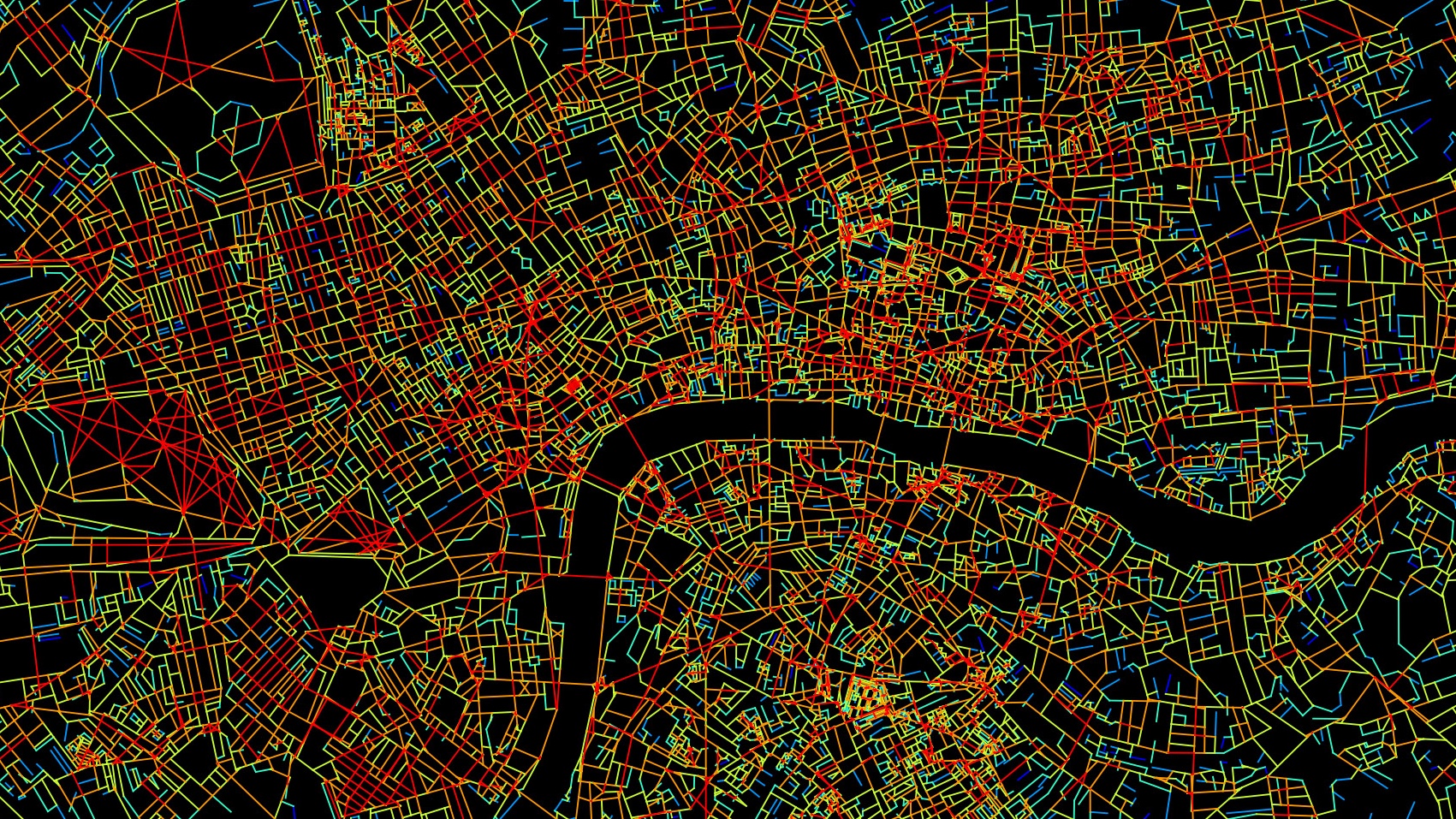Using a sat nav turns off parts of your brain
The bits used for navigation

The dangers of relying too heavily on a sat nav have been extensively documented. But now scientists have figured out exactly why people end up driving into rivers, hitting bridges and more when staring at their mapping software.
A team at UCL asked 24 volunteers to navigate a simulation of Soho in central London, while undergoing brain scans. Some were navigating manually, while others were receiving directions from a sat nav-style system.
Two areas of the brain were monitored - the hippocampus, which is involved in memory and navigation, and the prefrontal cortex, which is responsible for planning and decision-making.
Number of options
The team found that while volunteers were manually navigating, their hippocampus and prefrontal cortex saw spikes of activity when they entered a new street. Brain activity was greater when the number of options to subsequently choose from increased.
"Entering a junction such as Seven Dials in London, where seven streets meet, would enhance activity in the hippocampus, whereas a dead-end would drive down its activity," senior author Hugo Spiers told TechRadar.
"If you are having a hard time navigating the mass of streets in a city, you are likely putting high demands on your hippocampus and prefrontal cortex.”
No additional activity
When people followed the sat nav instructions, however, no additional activity was detected in those brain regions.
Get daily insight, inspiration and deals in your inbox
Sign up for breaking news, reviews, opinion, top tech deals, and more.
"Our results fit with models in which the hippocampus simulates journeys on future possible paths while the prefrontal cortex helps us to plan which ones will get us to our destination," added Spiers.
"When we have technology telling us which way to go, however, these parts of the brain simply don't respond to the street network. In that sense our brain has switched off its interest in the streets around us."
More navigable spaces
"Our new findings allow us to look at the layout of a city or building and consider how the memory systems of the brain may likely react," said Spiers, adding that he hopes the research could be used to design more navigable spaces.
"For example, we could look at the layouts of care homes and hospitals to identify areas that might be particularly challenging for people with dementia and help to make them easier to navigate. Similarly, we could design new buildings that are dementia-friendly from the outset."
The full details of the team's work have been published in the journal Nature Communications.
